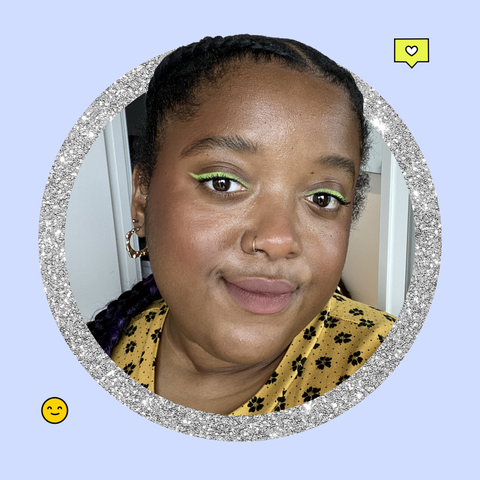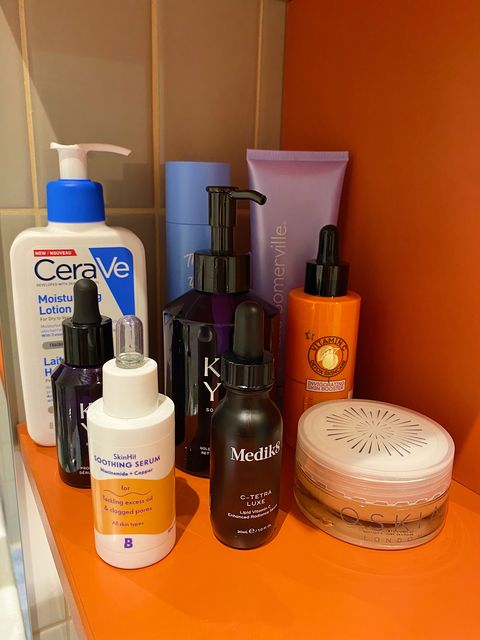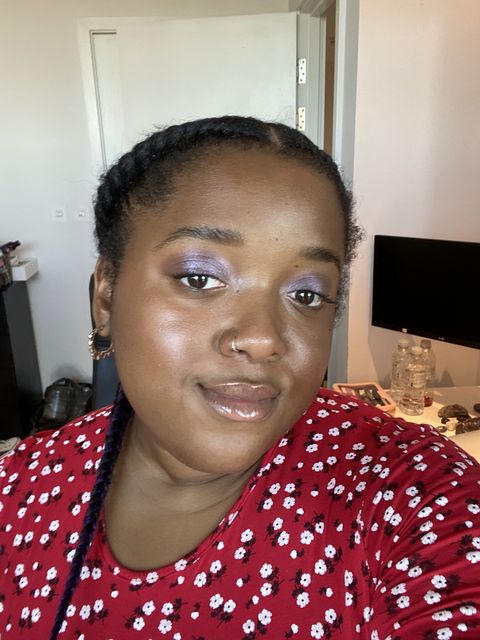“You can’t breathe and things are about to get a whole lot worse,” the niggling voice inside my head proclaimed. I was certain that my pounding heart would explode at any given minute and life as I knew it would cease to exist.
As dramatic as it may sound, this is a situation I am all too familiar with: a panic attack. It usually stems when my mind goes into overdrive over something completely irrational. While I’ve now found methods to help keep my mental health under control, it hasn’t always been this way.
I’d always been a worrier, right back from childhood. Whilst you’d think the typical worry of a child aged seven would be whether they’d make it back home in time for Tracy Beaker, I couldn’t shake off the feeling of dread, like something bad was about to happen all the time. Then, aged 17, I finally got my diagnosis after experiencing a constant tingling feeling in my fingers all the way down to my toes, fast breathing as if I’d just been hit by a gust of wind, and what felt like complete loss of control. I was diagnosed with depression, anxiety and a panic disorder and then began the hardest few years of my life.
I felt a slight sense of relief after my diagnosis because it confirmed to me that it wasn’t all in my head. However, there weren’t very many options available, still even to this day. It was either start taking medication or sign up for counselling, there didn’t seem to be much of an in-between. People just couldn’t seem to fathom that someone so young could suffer from mental illnesses but the thing to remember is that mental health does not discriminate, anyone can suffer at any age and at any time.
Under the guidance of medical professionals, I decided to give both therapy and mindfulness a try on several occasions. I tried talking therapies so that I could have a few dedicated hours a month to talk about anything I wanted however big or small it felt. Whether it was worries I was having or recapping how my week had gone. Often, when speaking about my mental health with friends, I find it hard to open up as I can’t help but feel like a burden, no matter how many times I’m told otherwise.
Mindfulness was offered to me as a way to try and think in the present moment, rather than thinking about everything all at once. Whether it was through techniques like breathing exercises and yoga. However, I soon found that whether I would attend my sessions from start to finish or give up halfway, I just couldn’t seem to apply anything I’d learnt outside of my sessions.
I even found the medication route difficult. On several occasions, I’d start a course of antidepressants and take myself off soon after without consulting my doctor due to the feelings of judgement from a few loved ones and even strangers. This kind of stigma has definitely gotten a lot better during recent years. Nowadays, when it comes to opening up about mental health struggles, I often find myself engaged in conversation about what antidepressants people are on and how it’s affected each other’s sex lives. People have definitely started to become much more open and I no longer find myself being the one to start the conversation.
One thing that seemed to confuse people was the fact that as a Black woman, you’re often described as “strong” and “brave”, as if you can handle everything that comes your way – but that isn’t the case. You can still be a strong and brave Black woman while suffering from mental health issues. A lot of the stigma did also come from within the Black community too – whether it be from parents or grandparents. Older generations still don’t seem to quite get it, which isn’t an excuse to dismiss the way in which people feel, but more something that people should start to be more understanding of.
And then the toll on my mental health and lack of understanding of what could help all came to a head a year and a half ago. A panic attack hit me in the most traumatic way when I least expected it and I spent the following weeks feeling vulnerable and like my life would never be the same again. I spent days at a time in bed unwashed, dehydrated and unable to see a way out. And then things changed.
On a day where I’d mustered up the energy to surf YouTube and TikTok, I found a small community of people sharing the routines and techniques helping them to best manage their mental health. Specifically, skincare routines. I’d always been a big beauty lover but more into makeup than skincare.
Prior to finding the community, I didn’t really have much of a skincare routine. If someone had asked me anything relating to the skin barrier, retinol or why we should be applying SPF all year round, I would have looked at them with a blank expression. I pretty much just stuck to the routine of a face wash and a moisturiser for hydration. So I found the idea of creating a skincare routine that would help me better connect with my love for beauty, whilst also helping me to feel more in control of my mind, body and soul, very inspiring. It started off with building the foundation for my skincare. I knew that I didn’t want my routine to be time-consuming but I also really wanted to soak in each step.
I began my routine with a cleanser, an oily consistency that I could gently lather around my face, removing any impurities and stresses from the day. It definitely helped me to feel better connected to myself. Even though I’ve been in this body of mine for 26 years, there were so many parts of my face and body that I rarely noticed, from my back dimples to my full lips.
Next up was a toner, I’d soak a reusable cotton pad in the gentle formula and let it smoothly glide from the top of my face all the way down to my neck, feeling the product absorb into my skin. Then came the serum, I’d pick a product dependent on my mood at the time and what I felt I needed. If I was feeling tired and in need of some relaxation, I’d go for a serum like By Beauty Bay’s SkinHit Calming Serum, £5.95, or Medik8’s C-Tetra, £35, which I found to be the perfect step to my morning routine as it feels so hydrating and it’s brightening formulation helped me to feel energised, refreshed and ready for the day ahead.
I’d then end with a moisturiser, the most important product of them all for me as it’s what holds and protects the products. CeraVe’s Moisturising Lotion. £15, has been a key staple in my routine as it’s so lightweight and always leaves my skin feeling refreshed which is exactly how I’d feel inside and out after going through my routine.
I found over time that my skincare routine began to take centre stage in my day to day life. Instead of waking up and feeling panicked about the day ahead, I began taking everything one step at a time. Picking my skincare products became exciting, wondering whether I’d start to see changes in my skin and whether my newfound glow was down to products or just from feeling happier in life.
Having said that, skincare is not the ultimate fixer when suffering from mental health struggles. It’s always best to speak with a medical professional who can assess your situation and advise you on options. Alongside finding comfort from my skincare routine, I also take 150mg of the antidepressant sertraline, which I personally find to be quite helpful.
A year and a half later and my routine is still going strong. It’s inevitable that there will be down days but the good always outweighs the bad. Creating a skincare routine helped me to take back control of my life and better connect with my body.
Vanese’s skincare holy grails
There are a number of mental health resources created specifically for Black people including Black Minds Matter UK, Therapy for Black Girls and BAATN that you can contact if you or someone you know is struggling.
Follow Vanese on Instagram.










